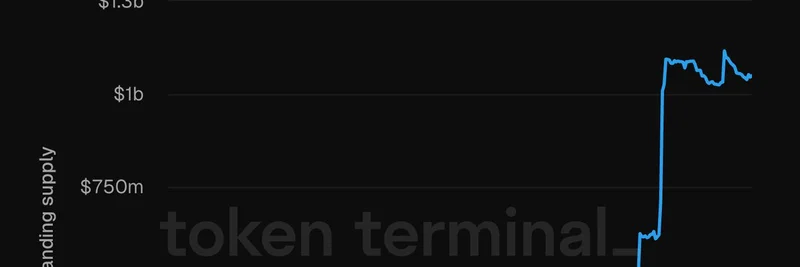<></>
Hey there, crypto enthusiasts! If you’ve been keeping an eye on the latest buzz in the blockchain world, you might have stumbled across a tweet from BSCNews that’s got everyone talking. Posted on July 2, 2025, the tweet hypes up a potential game-changer: Stable’s brand-new "Stablechain." This Layer 1 blockchain is designed to shake up the stablecoin scene, and it’s already sparking curiosity. Let’s dive into what this could mean for the future of digital currencies!
What’s the Big Deal with Stablechain?
So, what exactly is Stablechain? Think of it as a specialized blockchain built from the ground up to make stablecoin transactions smoother and cheaper. Unlike general-purpose blockchains like Ethereum or Solana, which use volatile tokens for gas fees, Stablechain uses USDT (Tether’s stablecoin) as its native gas token. This means you can pay fees directly in USDT, and even better—peer-to-peer USDT transfers are gas-free! Imagine sending small amounts of money across borders without those annoying extra costs.
The tweet from BSCNews points to a deeper article on their site, which reveals some exciting features. Stablechain promises near-instant settlements (think sub-second block finality), fees that are just a fraction of a cent, and the ability to handle thousands of transactions per second. It’s like the express lane for stablecoin users, whether you’re an individual sending remittances or a business processing large payments.
Why Stablecoins Matter
Before we get too deep, let’s break down what stablecoins are. These are cryptocurrencies pegged to stable assets like the U.S. dollar, designed to avoid the wild price swings you see with Bitcoin or Ethereum. With over $150 billion in circulation and 350 million users, USDT is a heavyweight in this space, even outpacing traditional payment giants like Visa in transaction volume. But the current infrastructure—high fees, slow settlements, and clunky tools—has been a pain point. Stablechain aims to fix that by creating a blockchain tailored for these digital dollars.
Who Benefits from This?
This isn’t just hype for tech geeks. Stablechain could be a game-changer for different folks:
- Everyday Users: If you’re sending money to family overseas or buying coffee with crypto, gas-free transfers and low fees could make it a breeze. In places like Venezuela or Argentina, where stablecoins help people protect their savings, this could be a lifesaver.
- Businesses: Companies dealing with cross-border payments or payroll could save big. Traditional processors like Visa charge 1.5-3% fees, while Stablechain keeps costs minimal. Plus, its enterprise-grade scalability ensures it won’t choke under pressure.
- Developers: With full EVM compatibility and handy tools, building apps for stablecoin use cases (think payments or lending) just got easier.
The Roadmap Ahead
Stable isn’t stopping at the launch. Their three-phase plan includes:
- Phase 1: Setting up USDT as the gas token and launching the user-friendly Stable Wallet.
- Phase 2: Adding faster transaction processing and dedicated blockspace for businesses.
- Phase 3: Introducing a super-speedy DAG consensus system and more developer tools.
It’s clear they’re playing the long game, aiming to build a thriving ecosystem around stablecoins.
The Risks and Skepticism
Of course, it’s not all smooth sailing. Stablecoins aren’t perfect—remember Tether’s $41 million fine for reserve issues? Stablechain’s reliance on USDT means its success is tied to Tether’s reputation. Plus, regulators are watching closely, and a new blockchain will need to win over a crypto community that’s loyal to existing chains. Can it compete with the likes of Ethereum or Solana? That’s the million-dollar question.
A Peek at the Global Impact
Beyond crypto, Stablechain could shake up global finance. Imagine freelancers in the Philippines getting paid instantly in USDT and cashing out to local wallets, skipping slow bank transfers. It’s a bold move that could challenge traditional systems, especially in emerging markets. But with great potential comes great scrutiny—regulators won’t let this fly under the radar.
What’s Next for Stablechain?
So, is Stablechain the start of a new era for stablecoins? It’s too early to say for sure, but the idea of a blockchain built for stability and speed is exciting. If it delivers on its promises—low costs, instant transactions, and wide adoption—it could make digital dollars more practical than ever. Keep an eye on this space, because the crypto world is watching closely!
Got thoughts on Stablechain? Drop them in the comments or share this with your crypto crew. And if you’re into meme tokens or blockchain trends, check out more at meme-insider.com. Let’s keep the conversation going!
<></>

